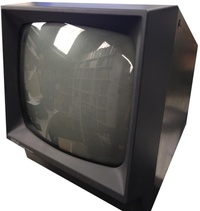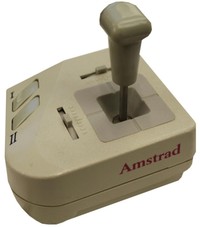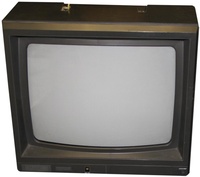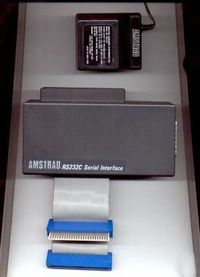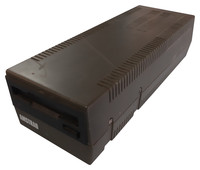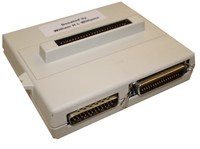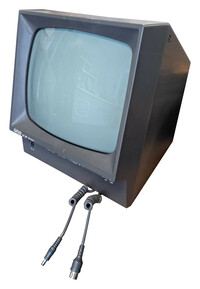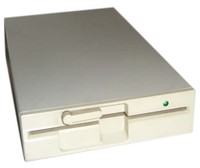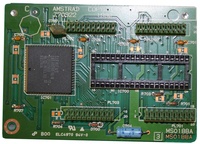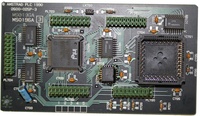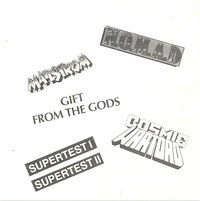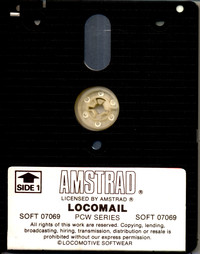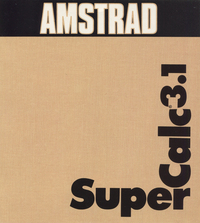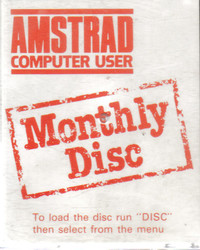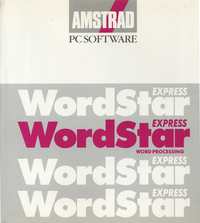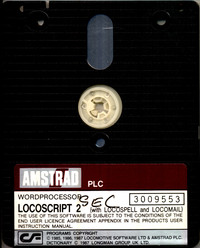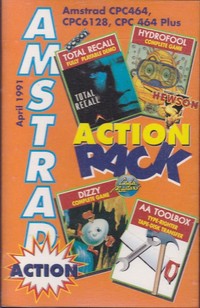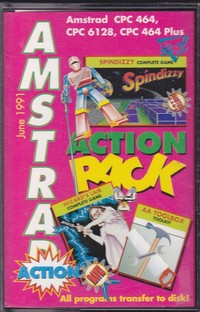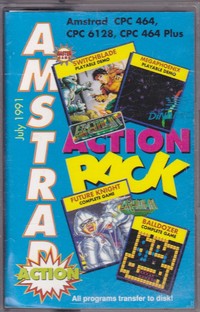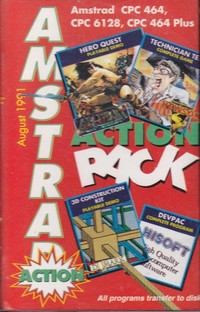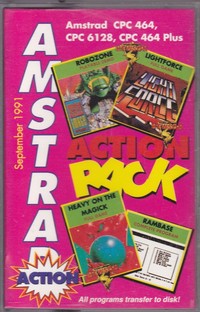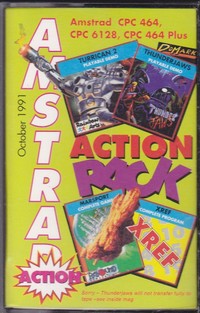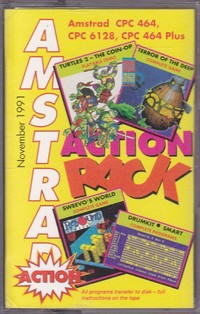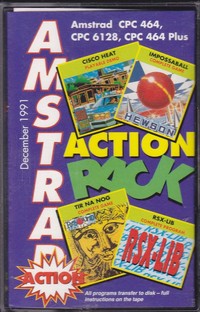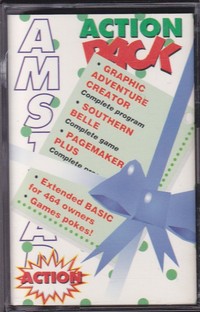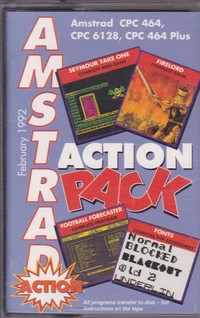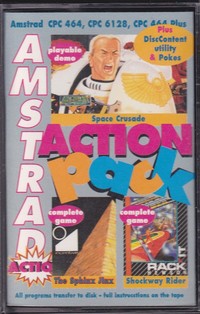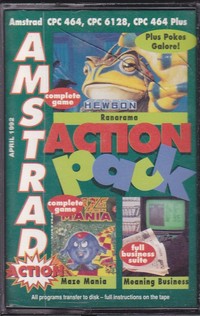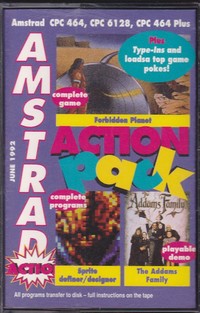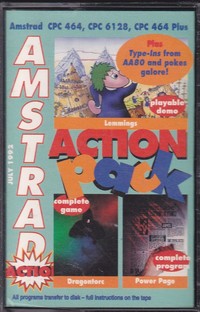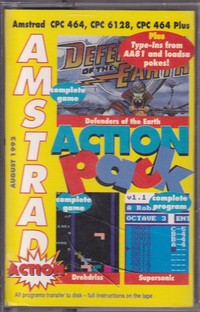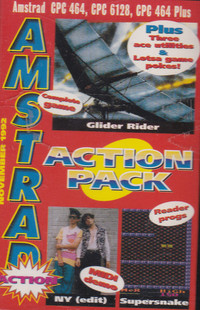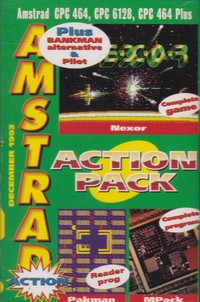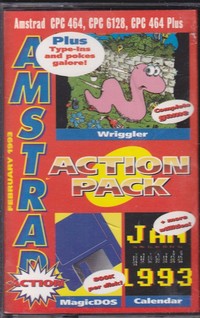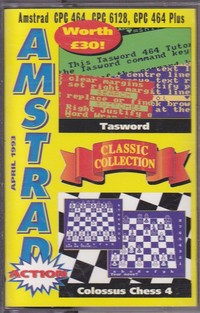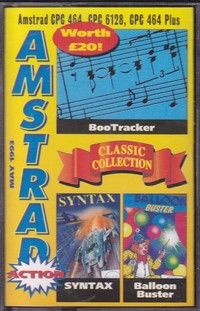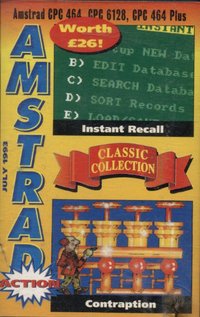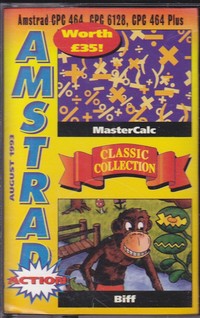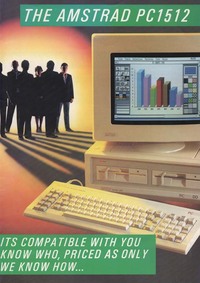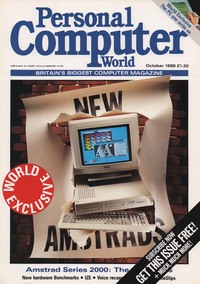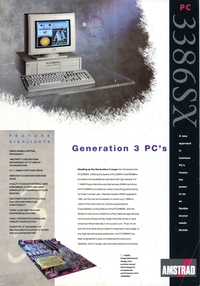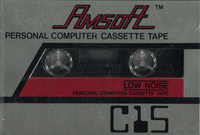Amstrad was founded in 1968 by Alan Sugar to produce consumer electronics. The company quickly moved to the forefront of low-priced TV & Hi-Fi in the seventies.
In 1980, Amstrad went public and doubled in size each year during the early eighties as it entered into the home computer market.
Their first computer, the CPC 464 was launched in 1984 and was followed by the CPC 664 and CPC 6128 models in 1985. Later, in 1990, the "Plus” variants of the 464 and 6128 were launched with increased functionality.
In 1985, the extremely popular Amstrad PCW range was introduced. These were primarily word processors but were also capable of running the CP/M operating system.
On 7 April 1986 Amstrad announced it had bought from Sinclair Research the rights to manufacture and sell Sinclair computer products for £5 million. Amstrad launched two new variants of the Spectrum: the ZX Spectrum +2 which included a built-in tape drive and in the following year, the ZX Spectrum +3, with a built-in floppy disk drive which used the 3” disks that many Amstrad machines used.
In 1986 the company produced a range of affordable MS-DOS-based personal computers, the first of which was the PC1512, priced at £399. It was a huge success, capturing more than 25% of the European computer market.
In 1988 Amstrad attempted to make the first affordable portable personal computer with the PPC512 and 640 models, introduced a year before the Macintosh Portable. They ran MS-DOS and offered a built-in LCD screen. In a final attempt to exploit the Sinclair brand Amstrad also launched the Sinclair PC200 ans PC500 desktop PCs. They met with little enthusiasm from the buying public.
Amstrad continued its success into the early nineties producing second and third generation PCs using 286 & 386 processor technology. However, by this time there were many more players in the European PC market and Amstrad started to lose its edge.
In 1990, Amstrad entered the video game console market with the Amstrad GX4000. The console, based on the Amstrad 464 Plus hardware, was a commercial failure because it used 8-bit technology unlike the 16-bit Sega Mega Drive and Super Nintendo competition.
In 1993, Amstrad was licenced by Sega to produce a system by the name of the Amstrad Mega PC, to try and regain their image in the gaming market. The system didn’t succeed as well as expected, mostly due to its high initial retail price of £599.
In that same year, Amstrad released the PenPad, a PDA similar to the Apple Newton, and released only weeks before it. It was a commercial failure, and had several technical and usability problems. It lacked many features that the Apple Newton offered, but had a lower price.
Amstrad began to concentrate less on computers and more in communication, they purchased several telecommunications businesses including Betacom, Dancall Telecom, Viglen Computers and Dataflex Design Communications during the early 1990s and became a major supplier of set-top boxes to UK satellite TV provider Sky since its launch in 1989.
Amstrad still produces set-top boxes today ...
"I think that the problem that will evolve for others is being able to compete with us"
Alan Sugar in an interview published in Practical Computing December 1985.
Timeline for Amstrad :
Hardware Products
Software Products
Promotional Items
 |
 |
 |
 |
 |
Amstrad Business Products & Pricing Guide (1988)
1988
Four-page leaflet from April 1988 covering the Amstrad PC range including the PC2086 range, the PC1640 range, PC1512 range, PPC512, PPC640, PCW8256, PCW8512, PCW9512, LQ5000di printer, LQ3500di printer, DMP3250di printer, and the DMP4000 printer.
Manufacturer : Amstrad
Type : Promotional Item
|
|
 |
 |
 |
 |
 |
 |
 |
 |
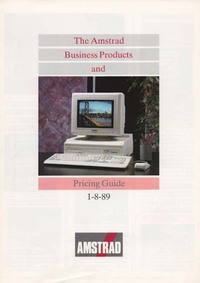 |
Amstrad Business Products & Pricing Guide 1-8-89
1st August 1989
Four-page leaflet from August 1989 covering the Amstrad PC range including the PC2086 range, the PC1640 range, PC1512 range, PPC512, PPC640, PCW8256, PCW8512, PCW9512, LQ5000di printer, LQ3500di printer, DMP3250di printer, and the DMP4000 printer.
Manufacturer : Amstrad
Type : Promotional Item
|
|
 |
 |
 |
 |
Video Relating to Amstrad :
Magazine Articles About Amstrad
|
People Related to Amstrad :
|


